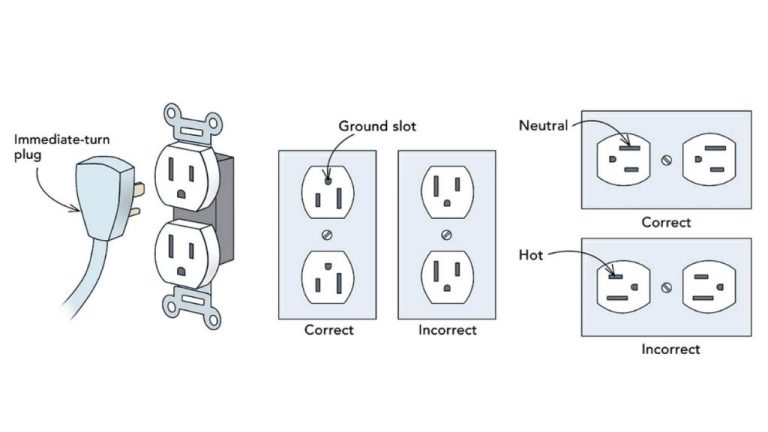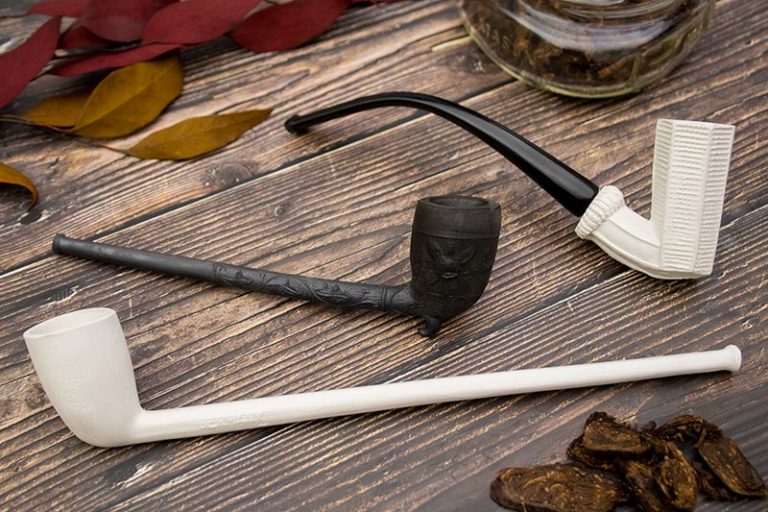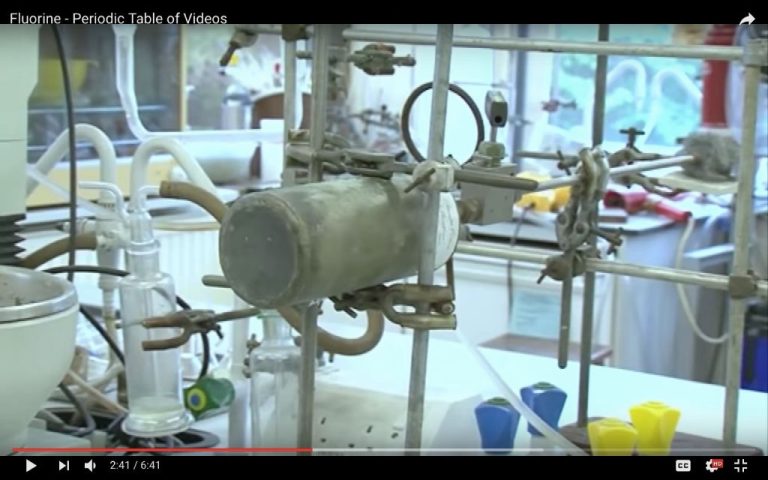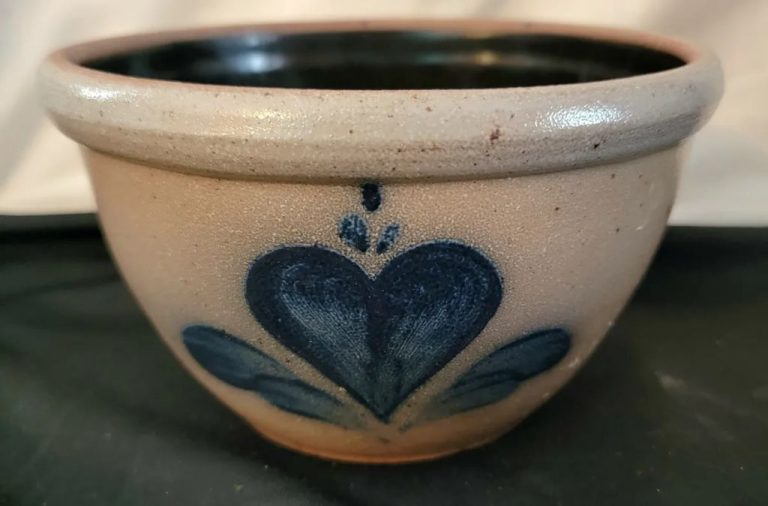What Does Baking Clay Do?
What is Baking Clay?
Baking clay, also known as polymer clay, is a type of modeling clay that cures and hardens when baked in a regular home oven. It is made from PVC resin, plasticizers and colors. When polymer chains are formed in the PVC resin and plasticizers, it results in a pliable, clay-like material that can be shaped before baking.
The main uses and purposes of baking clay are for arts and crafts, designing decorative items, making jewelry, sculpting miniatures, and more. Unlike natural clays like pottery clay, baking clay does not require a kiln and high temperatures to cure. The typical baking temperature is between 275°F and 300°F.
Some common types of baking clay include polymer clay, oven-bake clay, air-dry clay, cornstarch clay, and cold porcelain. Polymer clay is the most popular for its durability, pliability and bright colors. It does not dry out when exposed to air like other clays. Commercial brands include Sculpey, Fimo and Cernit.
Origins and History
Baking clay, also known as polymer clay, first emerged in the 1930s when German doll maker Käthe Kruse couldn’t source modeling materials during World War II. She developed an early form of polymer clay called “Fifi” after her daughter. It wasn’t until the 1950s that Fifi Rehbinder commercialized baking clay under the Fimo brand name.
Key innovations that transformed baking clay include the development of colored clays in the 1960s by Eberhard Faber and the creation of Sculpey in the 1970s by Polyform Products Company. By mixing polyvinyl chloride with plasticizers, manufacturers were able to create modeling clay that could be shaped at room temperature and hardened in a regular oven.
The popularity of baking clay steadily grew from the 1970s onwards as crafters recognized its versatility for jewelry making, miniature food models, doll customization and more. By the 1990s, polymer clay became widely accessible to hobbyists and artists. Today it remains a popular DIY and crafting material, with leading brands like Sculpey and Fimo producing diverse products.
Sources:
https://www.sculpey.com/blogs/blog/the-history-of-polymer-clay
http://www.polymerclayweb.com/AboutPolymerClay/TheBasics/History.aspx
How Baking Clay is Made
Baking clay is made from just a few simple ingredients that can be easily found in most households. The main ingredients are:
- Flour – Typically all-purpose flour or a 50/50 blend of all-purpose and whole wheat flour.
- Salt – Just a small amount, around 1/4 to 1/2 teaspoon per cup of flour.
- Water – The amount of water can vary based on the exact flour used.
Some recipes may also include small amounts of oil, cream of tartar, or glycerin for added flexibility. But the basic mixture is flour, salt, and water.
To make baking clay, the dry ingredients are first combined together. Then the water is slowly incorporated while mixing until a dough is formed. The dough should be smooth and not sticky. It is then kneaded briefly to fully incorporate the ingredients.
Once formed, the baking clay dough can be modeled into shapes and designs. Many find it easier to work with when the dough is allowed to rest for 10-30 minutes first. The clay holds its shape well but can still be smoothed out and blended.
After shaping, the clay sculptures are baked at a low temperature, around 225-275°F until hardened. The baking causes the flour to solidify into a permanent form. Cooling completes the process. Then the clay can be sanded, painted, and sealed for display (Source).
Uses and Applications
Baking clay has a variety of uses and applications. Some of the most popular uses are for baking clay crafts and accessories. The malleable nature of baking clay makes it ideal for sculpting detailed jewelry, figurines, ornaments, and other decorative items. These clay crafts can then be hardened by baking them in a standard oven (source). Baking clay is commonly used to create jewelry like beads, pendants, earrings, and components for necklaces or bracelets. Artists also use baking clay to craft miniature figurines, dolls, and detailed sculptures. These crafts made from baking clay can capture fine details and designs.
In addition to arts and crafts, baking clay also has some culinary uses. Some clays are formulated to be safe for baking cookware. Natural clays like terracotta can be used to create baking dishes, casserole dishes, pie plates, and other oven-safe items. The heat retention properties of baking clay makes it useful for baking applications. Some chefs may also experiment with baking specialty breads or meat dishes in clay pots or baking molds (source). However, caution should be used with culinary applications to ensure the clay products are food-safe.
Working with Baking Clay
Baking clay is very malleable and easy to work with. It can be shaped by hand or molded using various sculpting tools. The clay can be rolled out flat using a rolling pin or acrylic rod and then cut into desired shapes with cookie cutters or a blade.
To bake the clay, preheat the oven to 275°F. Place clay figures on a ceramic tile or baking sheet. Bake for 15-20 minutes per 6 mm (1/4 inch) of thickness. Allow the clay to cool completely before handling. Items made of Original Sculpey brand clay should be baked at 275°F for 15 minutes per 1/4 inch thickness [1].
After baking, details can be refined by sanding pieces lightly with fine grit sandpaper or files. The surface can then be smoothed with a soft brush. Baking clay can be painted with acrylic paints and sealed with various finishes like varnish or glaze.
Creative Potential
Baking clay offers immense creative potential for artists and hobbyists. The material is highly moldable, allowing creators to shape it into any form imaginable. Customizable colors, textures, and polymer clay brands like Sculpey allow for further personalization and artistry (Sculpey). Artists are only limited by their imagination when working with baking clay.
From jewelry to figurines to wall art, baking clay enables all kinds of arts and crafts. Many artists enjoy experimenting with innovative techniques like caning, mokume gane, and image transfers. Baking clay lends itself well to blending colors, sculpting lifelike figures, and mimicking the look of metal, glass, and more. There are always new trends emerging, like realistic miniature food charms.
Overall, baking clay is an extremely versatile art medium. The possibilities are endless, especially for artists who enjoy creating custom, one-of-a-kind designs.
Advantages Over Other Materials
Baking clay has numerous advantages that make it a popular choice for artists and hobbyists compared to other sculpting or molding materials. Some of its key advantages include:
Affordable and Accessible
Baking clay is relatively inexpensive, with many brands and varieties available at local craft stores and online retailers. A block or package of baking clay costs just a few dollars, making it affordable even for beginners (1). The accessibility and low cost allow baking clay to be a creative outlet for people of all ages and skill levels.
Versatile and Reusable
Baking clay remains soft and pliable until hardened in the oven, unlike air-dry clays. This allows artists to continually shape, sculpt, mold, and rework their creations as desired. Any unused clay can be reused for future projects, reducing waste (2). The versatility provides endless creative possibilities.
Food-Safe Properties
Most major baking clay brands are certified non-toxic and food-safe. This means properly baked clay creations can safely serve decorative and functional purposes for food and beverage displays, cake toppers, bakeware, and more. The food-safe properties expand the utility of baking clay (3).
Limitations and Challenges
While baking clay offers many creative possibilities, it also comes with some limitations and challenges to be aware of:
Brittle if underbaked – One of the main issues with baking clay is it can become brittle and prone to cracking if it is not baked long enough or at a high enough temperature. Baking times and temperatures vary between brands, but underbaked pieces will be weak and fragile.
Limited shelf life – Baking clays have a finite shelf life, especially once opened and exposed to air. They can dry out over time. Most brands recommend using baking clay within 1-2 years for best results.
Requires baking/cooking – Unlike air-dry clays, baking clays require being heated in an oven to set and harden the material. Proper baking is essential for finished pieces to be durable. This adds time and energy use versus clays that dry at room temperature.
As noted in the article comparing baking and air-dry clays, baking clays like polymer clay require close supervision when in the oven to avoid under- or over-baking the material.
Safety Considerations
Baking clay can be safe to work with as long as some basic safety precautions are followed. First and foremost, it’s crucial to closely follow the manufacturer’s instructions for ingredients and baking temperatures/times. Skimping on ingredients or improperly baking the clay can result in toxic fumes or unstable results (source: https://thebluebottletree.com/polymer-clay-safe/).
It’s also important to avoid contaminating the clay. Make sure hands, work surfaces, and tools are clean before working with baking clay. Don’t reuse clay that has fallen on the floor. Contaminants can leach toxic chemicals during baking (source: http://www.polymerclayweb.com/AboutPolymerClay/TheBasics/SafetyIssues.aspx).
Finally, supervision is crucial if children will be working with baking clay. Make sure kids follow all safety guidelines, as ingestion of raw clay could cause poisoning. Proper adult supervision can prevent potential accidents or misuse.
Future Outlook
Baking clays are seeing growing popularity and demand along with the wider DIY and crafting movements. As a result, new and innovative baking clay products are entering the market, such as COSCLAY, a flexible baking clay that remains malleable after baking. These new products expand the creative possibilities and applications for baking clays.
Artists and hobbyists are finding novel uses for baking clays, such as for jewelry, figurines, home decor, and as material for 3D printing. As baking clays gain traction, they may see expanded use in art, design, and manufacturing. Key innovations that improve flexibility, durability, modeling capabilities, and environmental safety will shape the future trajectory of baking clays.
Overall, baking clays appear poised for increasing popularity given society’s renewed interest in crafts combined with new product innovations and expanded applications. The future looks bright for baking clays as a creative medium.




